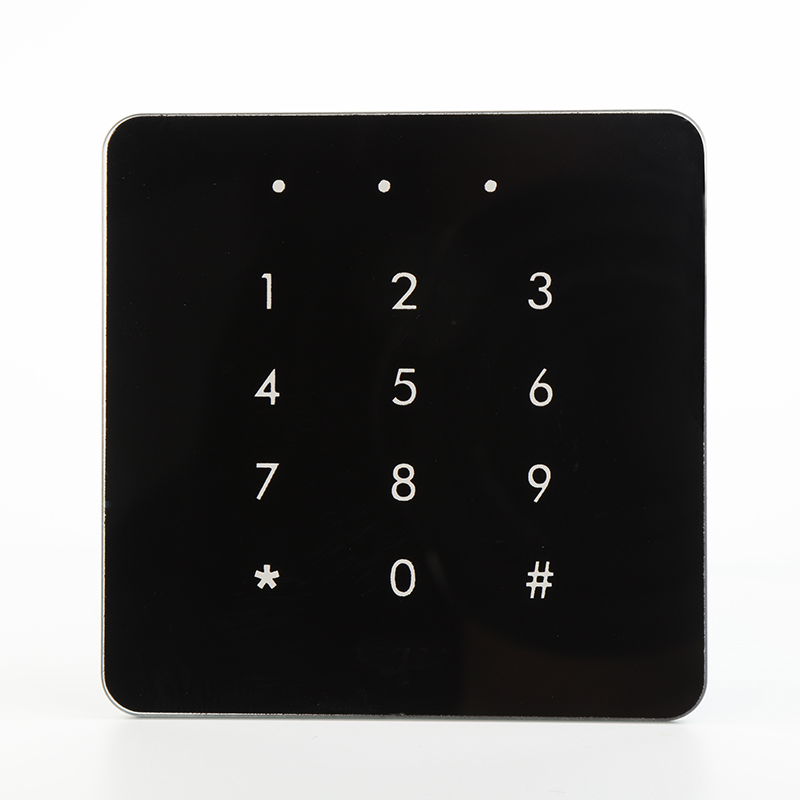When it comes to energy efficiency in buildings, silkscreen glass is becoming a high-profile solution. Whether it is a commercial building or a residential complex, the unique properties of silkscreen glass make it ideal for improving energy efficiency. This article takes an in-depth look at how silkscreen glass works and how it could be key to the energy efficiency of future buildings.
Thermal insulation, energy saving and environmental protection
A major feature of silkscreen glass is its excellent thermal insulation performance. By printing different patterns or coatings on the glass surface, silkscreen glass can effectively reflect sunlight and ultraviolet rays, reducing heat absorption inside the building, thereby reducing the load on the air conditioning system. This energy-saving design not only reduces the energy consumption of the building, but also reduces greenhouse gas emissions and has a positive impact on the environment.


Optical control, comfortable and pleasant
Silkscreen glass can not only effectively control indoor temperature, but also adjust the transmission and refraction of indoor light. By printing tiny patterns on the glass surface, silkscreen glass can achieve precise control of sunlight, making indoor light softer and more uniform, and reducing dazzling glare and shadows. This kind of optical control not only improves the comfort inside the building, but also reduces irritation to the human eye and improves the quality of work and life.
Intelligent interaction, sustainable development
With the continuous advancement of technology, silkscreen glass can also be combined with intelligent systems to achieve more advanced energy management. By printing conductive patterns on the glass surface, silkscreen glass can become an intelligent part of the building, achieving integrated light and heat energy management, making the building's energy utilization more intelligent and efficient. This sustainable design concept makes silkscreen glass an important energy efficiency improvement solution for future buildings.
As an innovative option to improve building energy efficiency, silkscreen glass not only has advantages in thermal insulation, but also shows great potential in optical control and intelligent interaction. In the future, with the continuous development and application of technology, it is believed that silkscreen glass will become an important driving force in improving the energy efficiency of buildings, creating a more comfortable, intelligent and sustainable building environment for people.

 English
English عربى
عربى Español
Español















.jpg?imageView2/2/format/jp2)
-1.jpg?imageView2/2/format/jp2)



